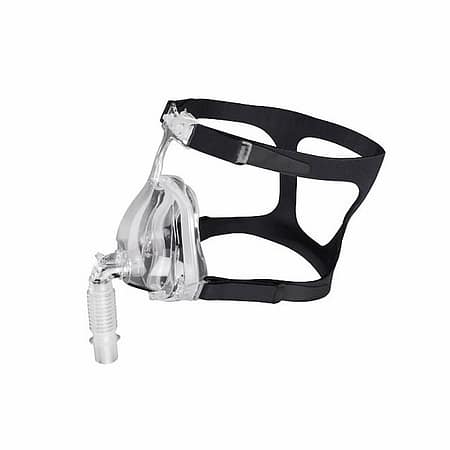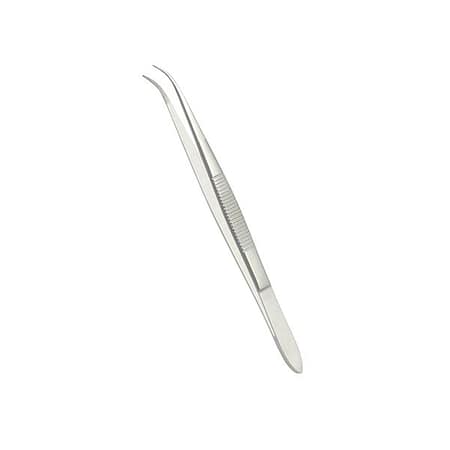Revolutionizing Temperature Measurement with Forehead Infrared Thermometers

How are forehead infrared thermometers revolutionizing temperature measurement?
What are forehead infrared thermometers
Forehead infrared thermometers are innovative devices revolutionizing temperature measurement by offering non-invasive, quick, and convenient readings suitable for various age groups. Their precision and reliability make them invaluable tools in healthcare settings for screening infectious diseases and monitoring patient temperatures. Moreover, their applications extend beyond healthcare to include workplace temperature screening, public event management, and travel industry use. These thermometers play a crucial role in ensuring health and safety compliance, particularly in adhering to COVID-19 protocols and preventing cross-contamination. While they represent a significant technological advancement, ongoing developments aim to address challenges and enhance their effectiveness in future applications.
Advantages of Forehead Infrared Thermometers
Forehead infrared thermometers offer significant advantages over traditional methods, primarily due to their non-invasive nature. They provide quick and convenient temperature readings without the need for physical contact, making them ideal for use across various age groups. Moreover, these thermometers boast enhanced accuracy and reliability, ensuring precise temperature measurements and consistent performance in diverse settings.
Applications in Healthcare and Beyond
Healthcare Sector Integration
Forehead infrared thermometers have seamlessly integrated into healthcare facilities, including hospitals, clinics, and medical facilities, due to their ease of use and reliability. Here’s how they’re making an impact:
- Use in Hospitals, Clinics, and Medical Facilities: Forehead infrared thermometers are widely adopted across healthcare settings for their non-invasive and efficient temperature monitoring capabilities. They provide a hygienic and convenient solution for measuring body temperature without direct contact, making them suitable for use in various departments and situations within healthcare institutions.
- Screening for Infectious Diseases: One of the primary applications of forehead infrared thermometers in healthcare is for screening individuals for signs of infectious diseases, particularly those with fever symptoms. By quickly and accurately detecting elevated temperatures, these thermometers assist healthcare professionals in identifying potential cases of illness and implementing necessary infection control measures to prevent the spread of diseases within healthcare settings.
- Monitoring Patient Temperatures: Forehead infrared thermometers are also instrumental in monitoring patient temperatures during hospital stays, clinic visits, or other medical procedures. They offer a non-invasive and comfortable method for healthcare providers to regularly monitor patients’ body temperature levels, enabling timely intervention and adjustment of treatment plans as needed.
Beyond Healthcare: Diverse Applications
Forehead infrared thermometers are not limited to healthcare settings; their versatility extends to various industries, including:
- Workplace Temperature Screening: Employers utilise forehead infrared thermometers to conduct temperature checks of employees and visitors before entering the workplace. This proactive measure helps maintain a safe and healthy environment by identifying individuals with fever symptoms, thereby reducing the risk of potential transmission of contagious illnesses within the workplace.
- Public Event Management: Event organisers implement forehead infrared thermometers as part of their health and safety protocols during public gatherings, such as concerts, sports events, or conferences. By screening attendees for elevated temperatures before entry, organisers can mitigate the risk of spreading infections and ensure the well-being of participants, staff, and the general public.
- Travel and Transportation Industry: Forehead infrared thermometers play a vital role in the travel and transportation sector, particularly at airports, train stations, and other transit hubs. Passengers undergo temperature checks before boarding flights or trains, helping to identify individuals exhibiting fever symptoms and preventing the potential spread of infectious diseases during travel. This precautionary measure enhances passenger safety and contributes to maintaining public health standards across various modes of transportation.

Impact on Health and Safety
Forehead infrared thermometers have significantly impacted health and safety standards across various sectors. By adhering to COVID-19 protocols, these devices have become essential tools for screening individuals with fever symptoms, thereby helping to prevent the spread of infectious diseases. Moreover, their non-invasive nature promotes hygienic practices, reducing the risk of cross-contamination in healthcare settings, workplaces, and public events. The ease of use and accessibility of forehead infrared thermometers further enhance their effectiveness, with their user-friendly design facilitating quick and accurate temperature measurements. Training and education initiatives ensure that users can utilise these devices effectively, contributing to overall health and safety compliance in diverse environments.
































